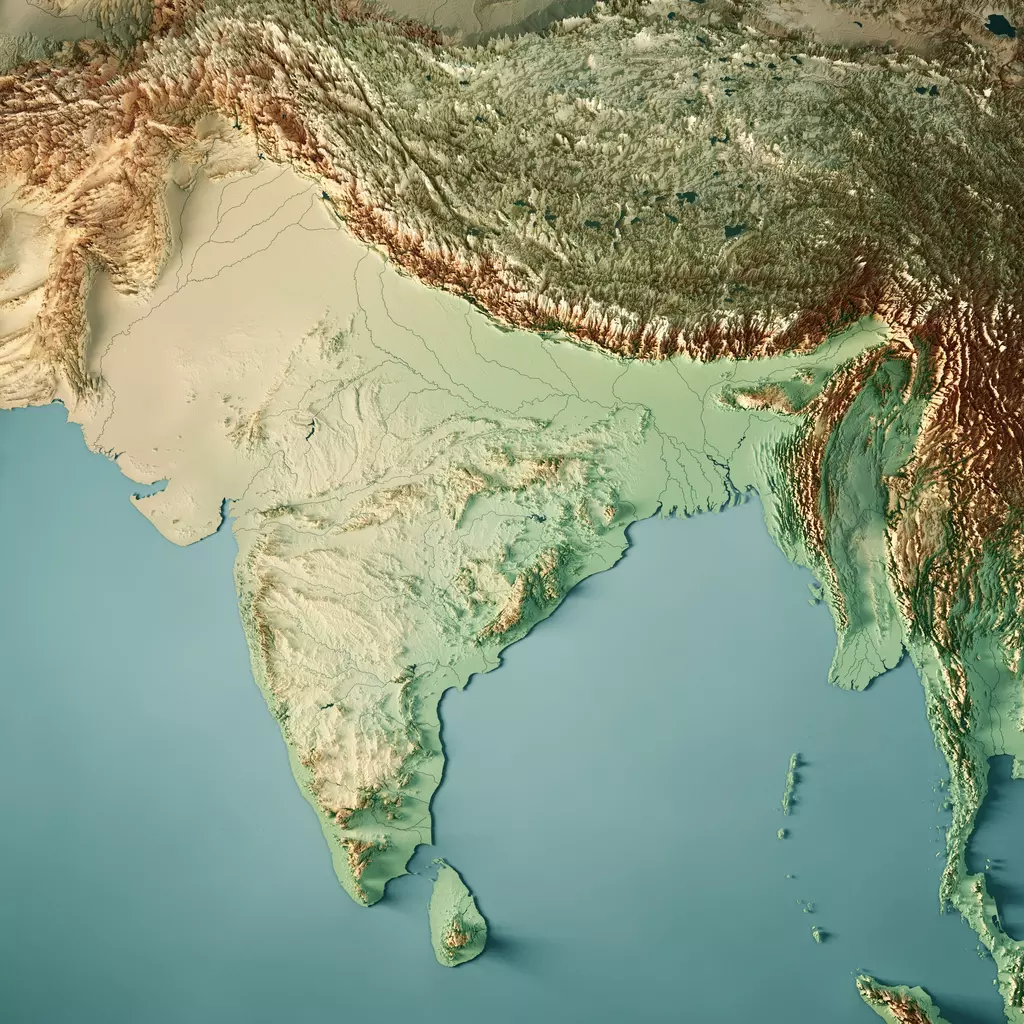
Bharat vs India: Here's how the two names originated
There's a third alternative, too — Hindustan!

Should we call our country ‘India’ or ‘Bharat'? This is today the million dollar — or crore rupee — question in India.
The country has, down the centuries, used both the names — India in English communication and Bharat in non-English communication.
Amid the latest acrimony over the name ‘India’, allegations of it being a Western import and the government’s assertion that ‘Bharat’ is the true name of the country, let’s take a peek at the origins of the two names to see if the government makes a legitimate claim.
Why is India called Bharat?
The name ‘Bharat’ (or Bharata), meaning ‘cherished’ in Sanskrit is said to have its roots in India’s ancient name Bharata Varsha or Bharat Varsh, which finds mention in the Vedic texts. Bharata Varsha in turn is said to be based on the name of a legendary king named Bharata. It is still disputed whether ‘King Bharata’ refers to King Dasaratha’s son, mentioned in the Ramayana; King Bharata, the founder of the Bharata dynasty and the son of King Dushyanta and his wife Shakuntala; or King Bharata, the son of Rishabhanatha, the first Tirthankara of Jainism and the founder of the Ikshvaku dynasty.
Some scholars also say that the name Bharat has been borrowed from the name of Bharatas, an early Vedic tribe that existed in the latter half of the second millennium BC and has been described as one of the principal kingdoms of Aryavarta in the Rig Veda.
Not many know that the name Bharat is an alternative official name for India and was adopted as the same in the Constitution as early as 1950.
While Bharat earlier referred to the western part of the Gangetic valley, it later came to encompass the entire Indian subcontinent.
Origin of ‘India’
The name ‘India’ is said to have its origins in the Sanskrit name ‘Sindhu’ which referred to the Indus River (also called as Sindhu Nadi).
Historians say, the Persians after conquering the Indian subcontinent and Greece in the 5th century BCE, began calling ‘Sindhu’ as ‘Hindu’ to refer to the land at the lower Indus (Sindhu) basin. From Hindus was derived the term ‘Indos’, which formed the basis of the words ‘Indus’ and ‘India’.
The term ‘Indos’ was used in Old English as early as in the 9th century and was again seen in Modern English in the 17th century after which the word ‘India’ started being used.
Greek historian and geographer Herodotus who uses the words ‘Indos’ (for the Indus river) and ‘Indian’ in his works, is said to have generalised the term ‘Indian’ to classify people living between the lower Indus basin and those to the east of Persia.
During the time of Alexander, India consisted of the region beyond the Indus. Ancient Greek historian Megasthenes included the peninsular part of current-day India to the map.
What about Hindustan?
Having its origins in Middle Persian, the term was extensively used as an alternative name for India in the Mughal era.
In Persian, the word ‘Hind’ referred to ‘Sindh’ or Indo-Aryans while ‘Stan’ in Persian translated as land. The named ‘Hindustan’ has been mentioned in the Naqsh-e-Rustam inscription of Sassanid emperor Shapur I in c.262 CE.
The word Hind is also said to have been adapted by the Arabic language. The term Hindustan was used by the rulers of the Delhi sultanate and the Mughal rulers to define the Indian dominion under their control and headquartered in Delhi.

